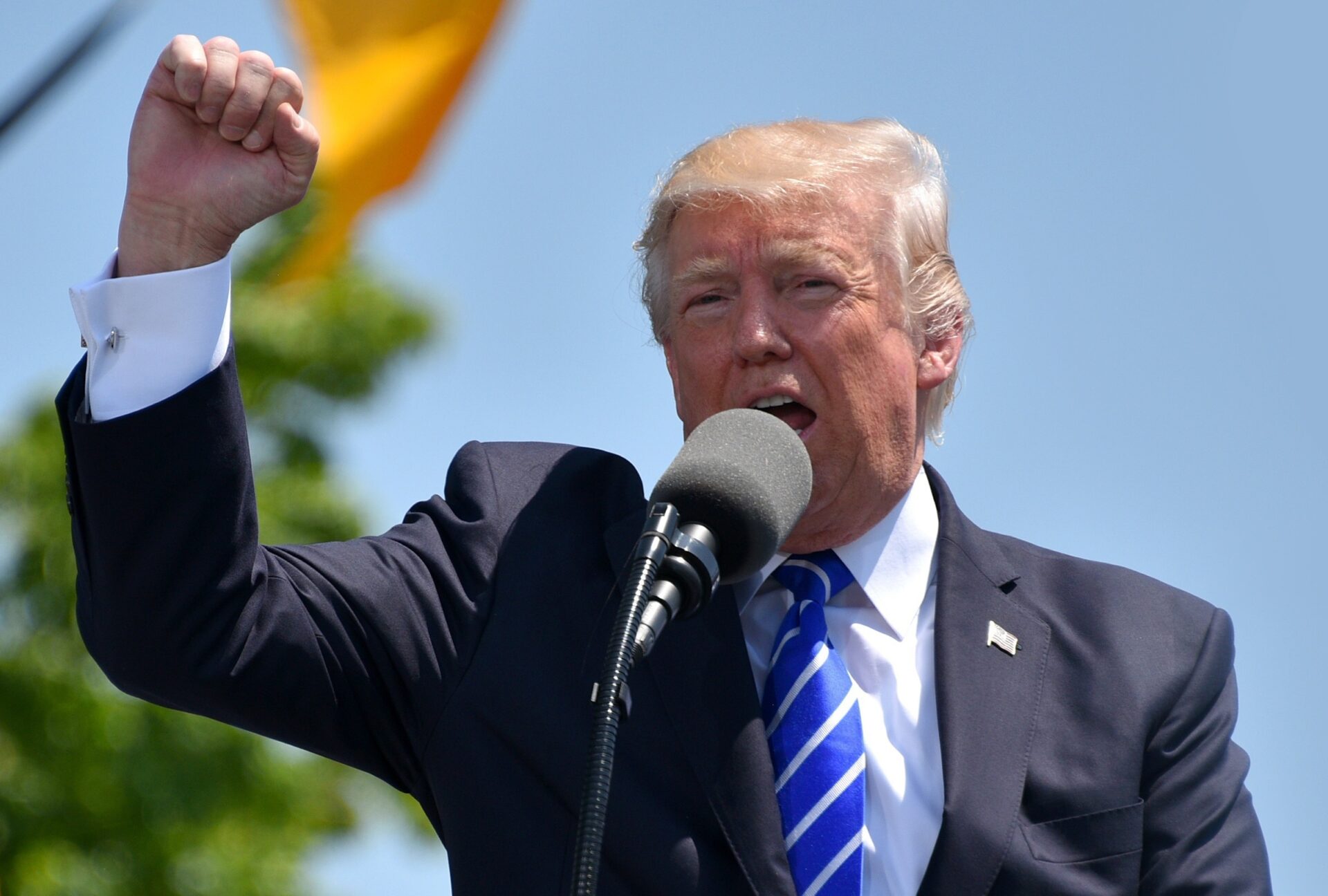Key takeaways:
- Republicans risk losing Congress if the Trump economy stays weak.
- Inflation rose 2.9 percent over the past year, the fastest pace since January.
- Shoppers face higher grocery bills and overall price pressures.
- Trump has about 14 months to lower prices and boost jobs.
- A stalled economy could turn Trump into a lame duck by 2026.
Trump Economy Hits a Rough Patch
Donald Trump promised to fix the economy quickly. Yet recent data shows consumer prices have climbed 2.9 percent in a year. That is the fastest annual rise since January. In fact, grocery bills have spiked. Many families now dread shopping trips. Meanwhile, job growth has slowed. Economists say the labor market has downshifted. As a result, fewer new positions may keep unemployment from rising. However, that also means fewer chances for people to find work.
Republicans once claimed the Biden economy was a disaster for workers. Now the Trump economy faces similar criticism. David Lynch of the Washington Post warns that the GOP has little time. If prices do not fall and employment does not grow, Republicans could lose the House and Senate in 2026. At that point, Trump would spend his last two years in the White House as a lame duck. Indeed, the White House feels uneasy about this possibility.
Why the Trump Economy Feels Like a Crisis
First, people feel the pain every time they pay for gas or groceries. In fact, many families have switched to cheaper brands. Others cut back on dining out. In addition, workers worry about layoffs in key industries. Thus, consumer confidence has dipped. Furthermore, inflation hits lower-income households hardest. They spend more of their budget on essentials like food and utilities.
Second, politicians in both parties suffer when costs rise. Former Biden adviser Jared Bernstein says, “Every incumbent gets blamed for it.” He points out that leaders everywhere face backlash in tough times. He then adds dryly, “And that’s Trump’s problem now.” Indeed, voters look at their wallets before they look at party labels. If they see prices climbing, they may vote for change.
Third, the looming midterms add pressure. If Republicans lose control of one or both chambers, they lose the power to advance bills. At that point, Trump’s economic plans could stall in Congress. Critics worry he would become a figurehead rather than an active leader. In other words, the Trump economy may not recover if the GOP loses its majority.
What Could Trump Do to Rescue the Trump Economy?
Stimulate Job Growth
Trump could push new incentives for companies to hire. For instance, he might offer tax breaks to small businesses. By doing so, firms could afford to add workers. Meanwhile, he could streamline regulations. Fewer rules can help startups and mid-size firms expand.
Curb Inflation
Trump might target key cost drivers. He could release more oil from strategic reserves to lower fuel prices. He could also negotiate with suppliers to ease shipping costs. Moreover, he could back initiatives to boost crop yields and food storage, aiming to calm grocery bills.
Invest in Infrastructure
Building roads, bridges, and broadband can create jobs and spur growth. If Trump champions a fresh infrastructure plan, he could deliver both short-term and long-term gains. Workers get hired immediately. Communities gain better roads and faster internet.
Boost Consumer Confidence
Trump can use his platform to reassure Americans. By highlighting successes and setting clear goals, he may restore faith. He could share monthly progress reports on price cuts and job gains. In fact, simple updates can make people feel more secure about the future.
What Happens If the Trump Economy Does Not Improve?
Loss of Congressional Control
If Republicans lose seats in 2026, they will struggle to pass budgets and laws. A divided Congress could block tax cuts or spending bills Trump favors. In turn, policy gridlock would limit his options to fight inflation or create jobs.
Lame Duck Status
Without majority allies, Trump would have little leverage. He might veto bills, but Congress could override him. In effect, he would lose his bargaining power. Observers say this outcome could leave him sidelined on key issues.
Voter Backlash
When voters blame leaders for rising costs, parties pay the price. If inflation stays high and jobs remain scarce, public opinion may turn sharply. Even core supporters could feel disillusioned. As a result, Trump’s influence in his party could wane.
Business Uncertainty
Companies need clear rules to plan investments. If they worry about policy gridlock or sudden shifts, they may hold off on hiring. That hesitation slows economic growth further. Thus, failing to fix the Trump economy could create a downward spiral.
Conclusion
The clock is ticking for Trump. With roughly 14 months left to shape the economy, he faces a tough road. Rising prices and slower job growth mirror the challenges he once blamed on others. Now those troubles are his to solve. Ultimately, the health of the Trump economy will determine whether he guides his party to victory or watches from the sidelines as a lame duck.
FAQs
What is driving inflation in the Trump economy?
Mainly energy and food costs, along with supply chain hiccups, push prices higher. Policymakers can ease these pressures by boosting supply and cutting key costs.
How could job growth rebound?
By cutting red tape, offering tax breaks to businesses, and investing in infrastructure. These steps can help companies hire more workers.
Why do incumbents get blamed for the economy?
Voters tend to hold current leaders responsible for their personal finances. High prices or job losses often lead people to seek new leadership.
What risks does a lame duck Trump face?
With Congress in opposition, he would struggle to pass or veto legislation. His ability to shape policy would shrink, leaving him with limited options.

